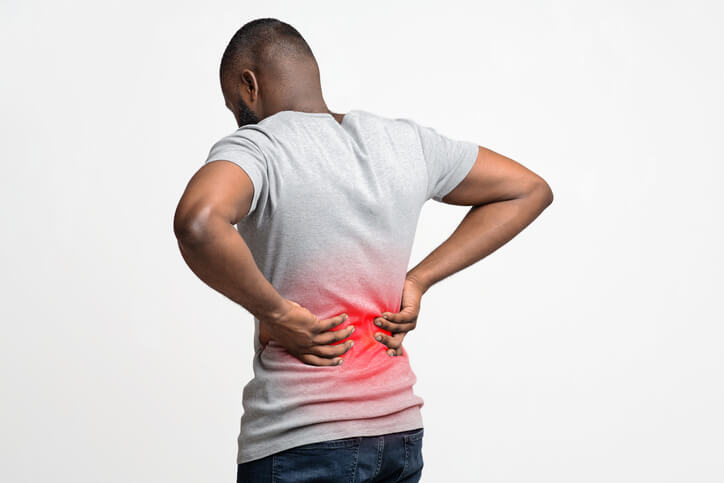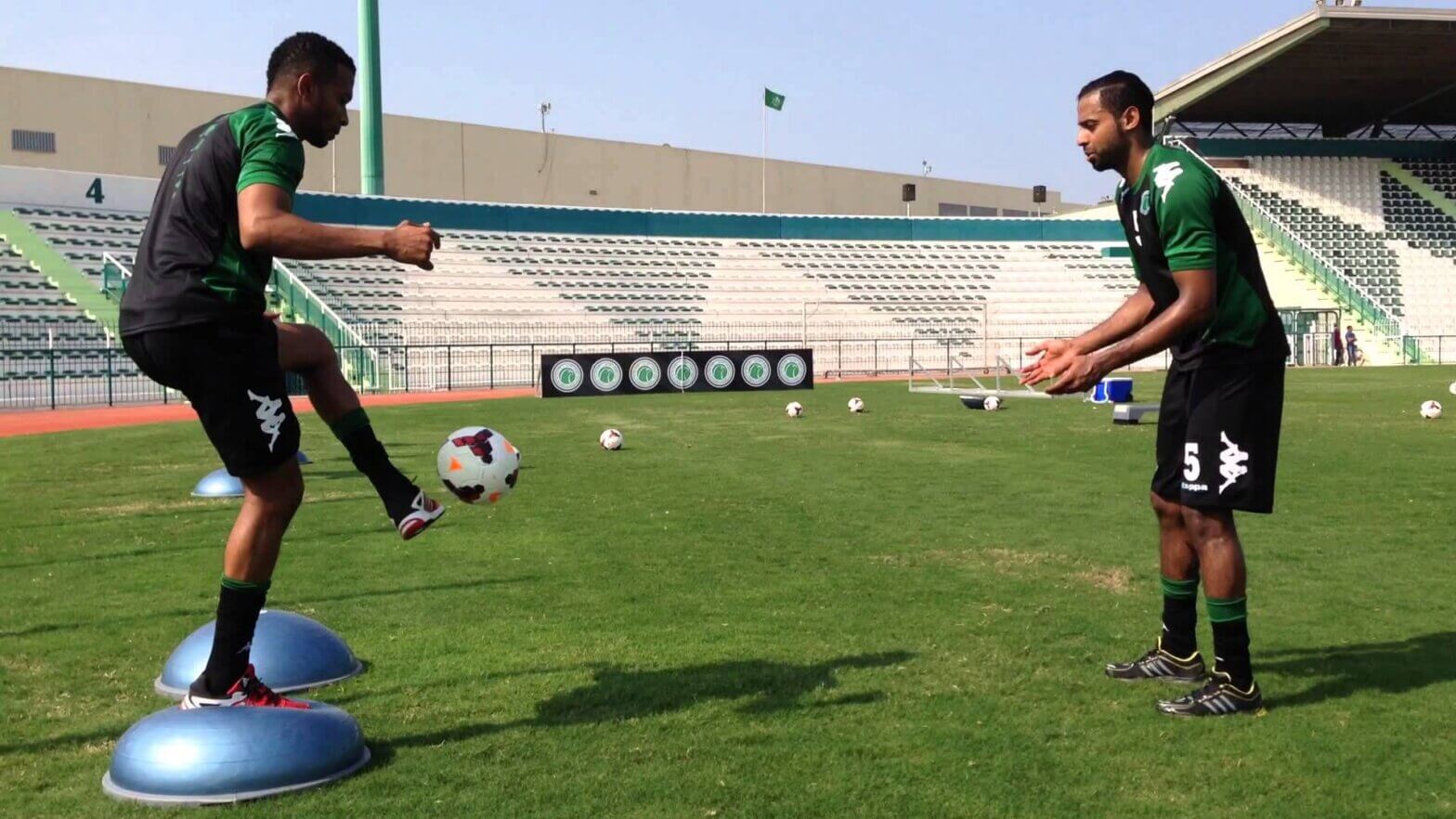As we age, changes occur to the tissues that surround and support our joints. This is no different within the context of the spine. Degenerative disc disease is a common condition in older adults that can result in back pain, numbness and tingling of the arms or legs.
What is Degenerative Disc Disease (DDD)?
Sometimes abbreviated as DDD, degenerative disc disease is the result of the aging process and the effects this has on the vertebral joints of the spine. Between each vertebrae, there is a disc that is composed of a soft center surrounded by a more rigid and supportive layer of fibrous tissue. As we age, the water content of these discs decreases; meaning that their ability to function as shock absorbers decreases. Due to this, more stress is placed on the outer tissue layer of the disc and can result in minor tearing. These factors can contribute to pain in the neck or the back.
Presentation of this condition varies by the individual. Sometimes, discal tissue can herniate from between the vertebrae and compress the nearby nerves exiting the spine. This can be worsened by the decreased disc height resulting in decreased space where the nerves exit the spine to travel to the extremities. In these cases, numbness and tingling can occur in the arm or leg depending on the level of the spine involved.
What Can Be Done to Alleviate the Symptoms
Many will utilize over the counter or prescription medications to manage the arthritic inflammation brought on by this condition. In addition to this, physical therapy can lead to significant reduction of symptoms. Improving spinal mobility can help to increase the space through which the nerves travel to help reduce the numbness and tingling symptoms. This can be done through mobility exercises in addition to manual therapy. Strengthening can be used to further support the spine to decrease the amount of force through the vertebrae and help to reduce pain in the neck or back. Stretching can also be used to ensure proper biomechanics and reduce unnecessary compression or limitation of the spine during movement.
The correct approach to this condition depends on a person’s presentation and the level of this spine that is most affected. Evaluation by a physical therapist is beneficial in identifying specific areas of weakness, muscle tightness, and spinal mobility limitations that can be targeted with specific exercises and hands-on techniques.
If you are experiencing neck pain, back pain and/or numbness and tingling, physical therapy can provide relief. Call Respire Physical Therapy at 703-671-1871 or click here to schedule an appointment with one of our Physical Therapists to improve your symptoms and return to your favorite activities! 
Tags: ptworks, Respire Physical Therapy, painfreeliving, Back pain, movementfreedom, physical therapist, pt education, neck pain, degenerative disc disease, choosept, arlingtonva, alexandriava, fallschurchva, Physical Therapy



